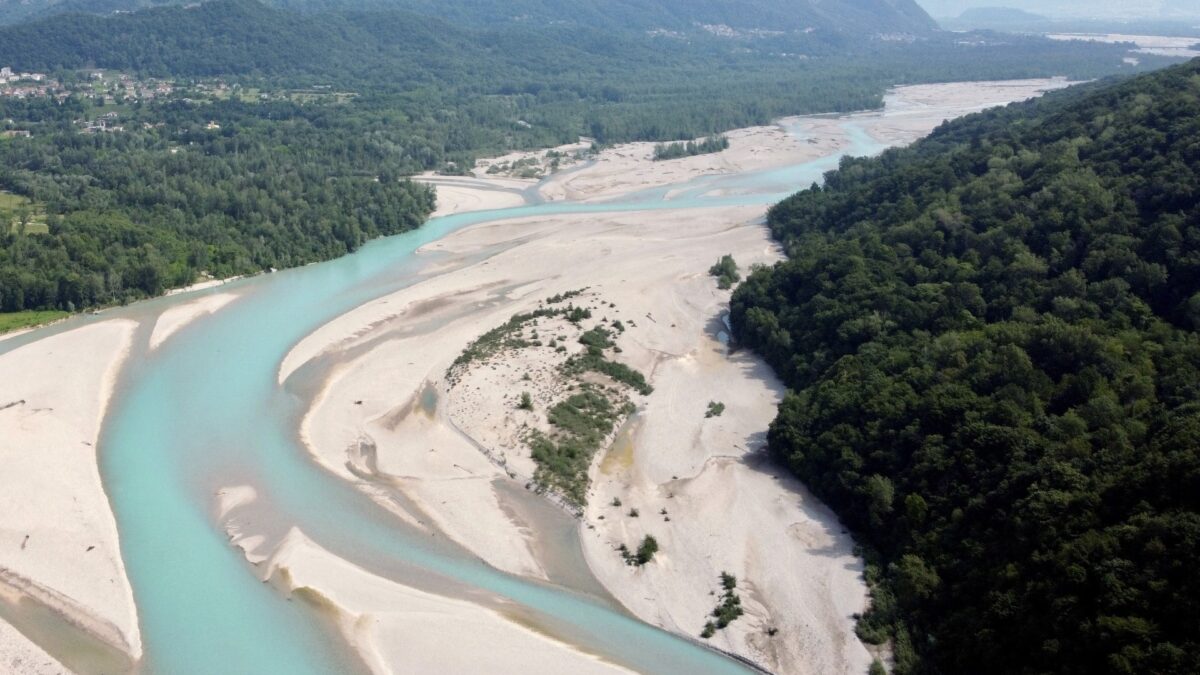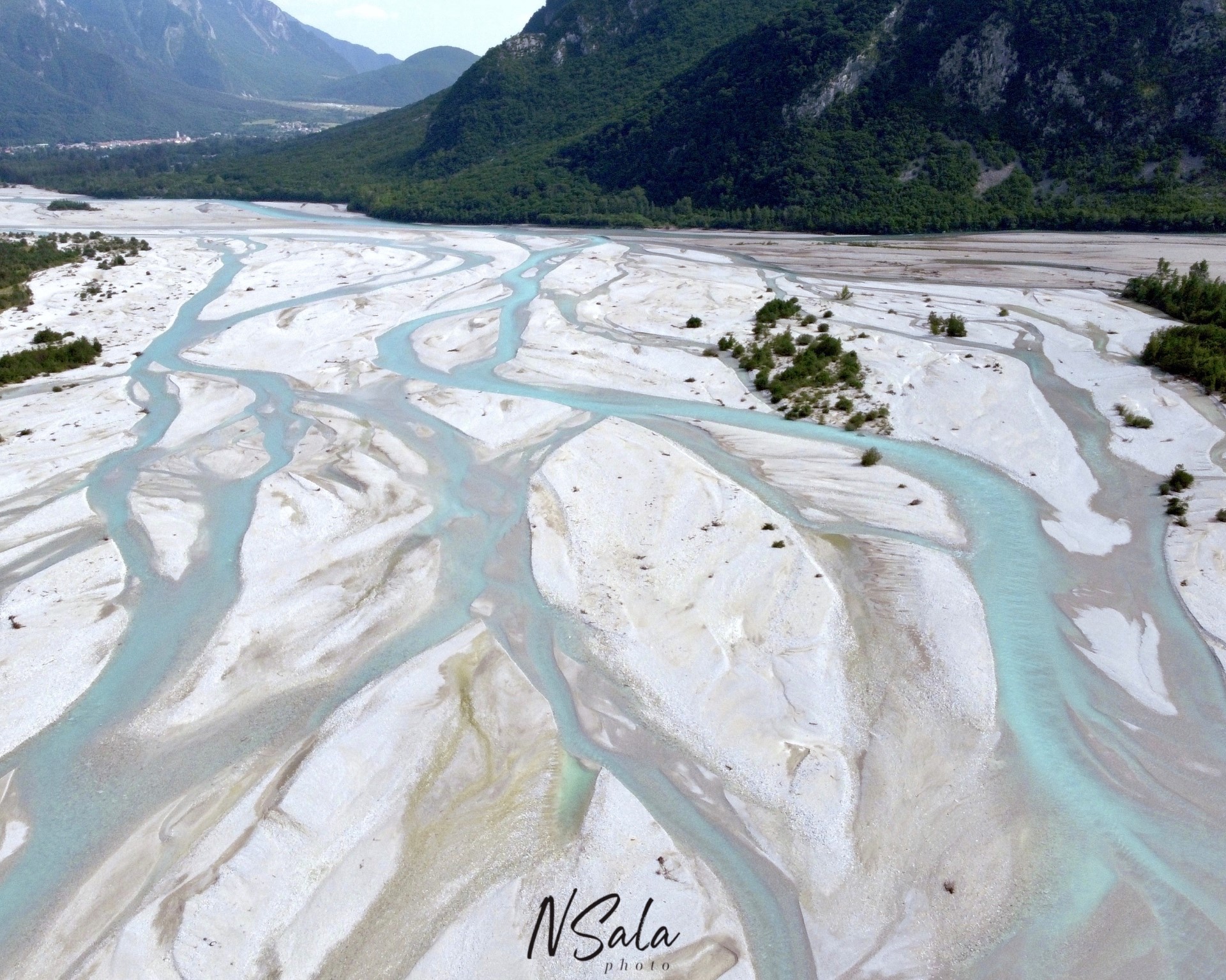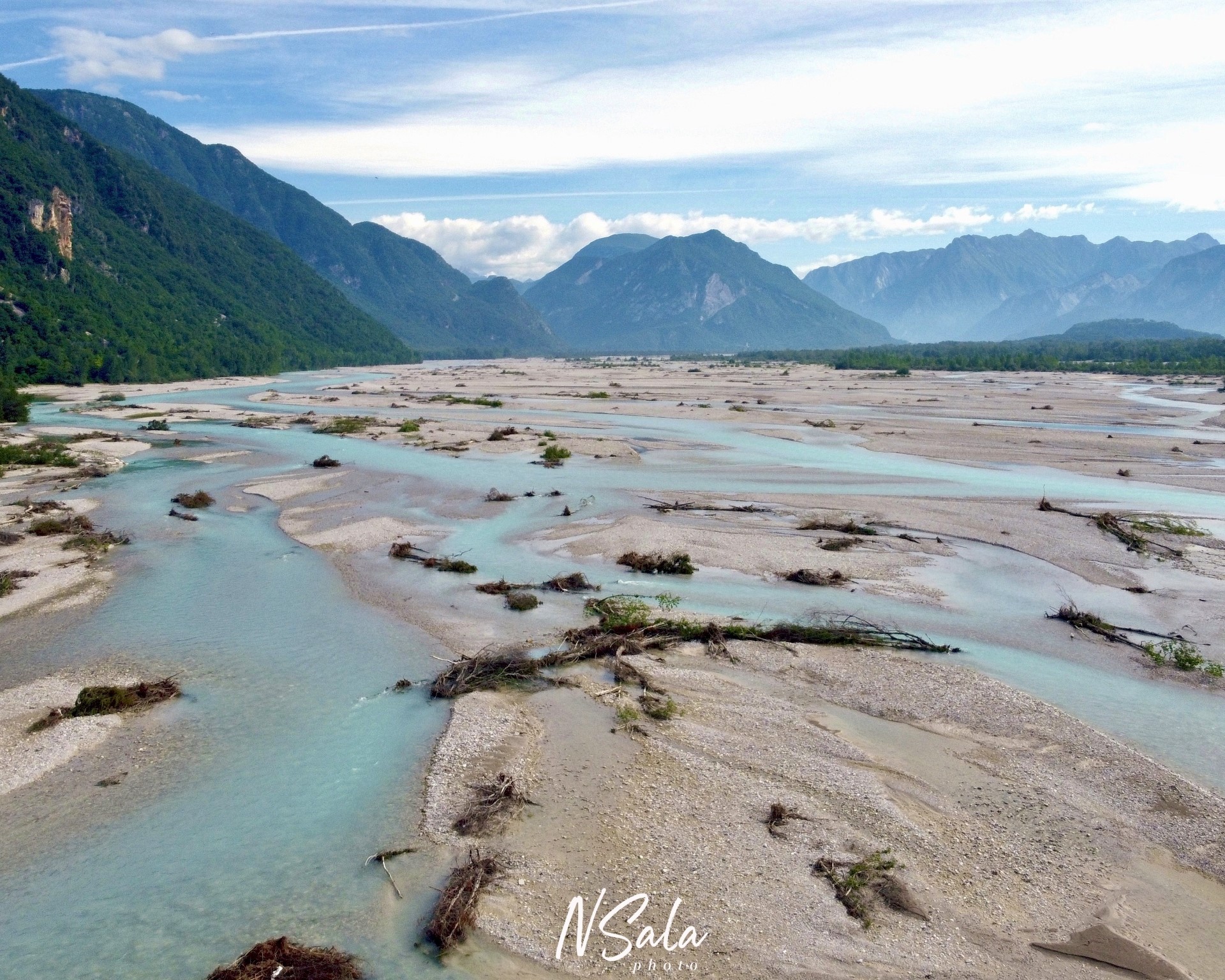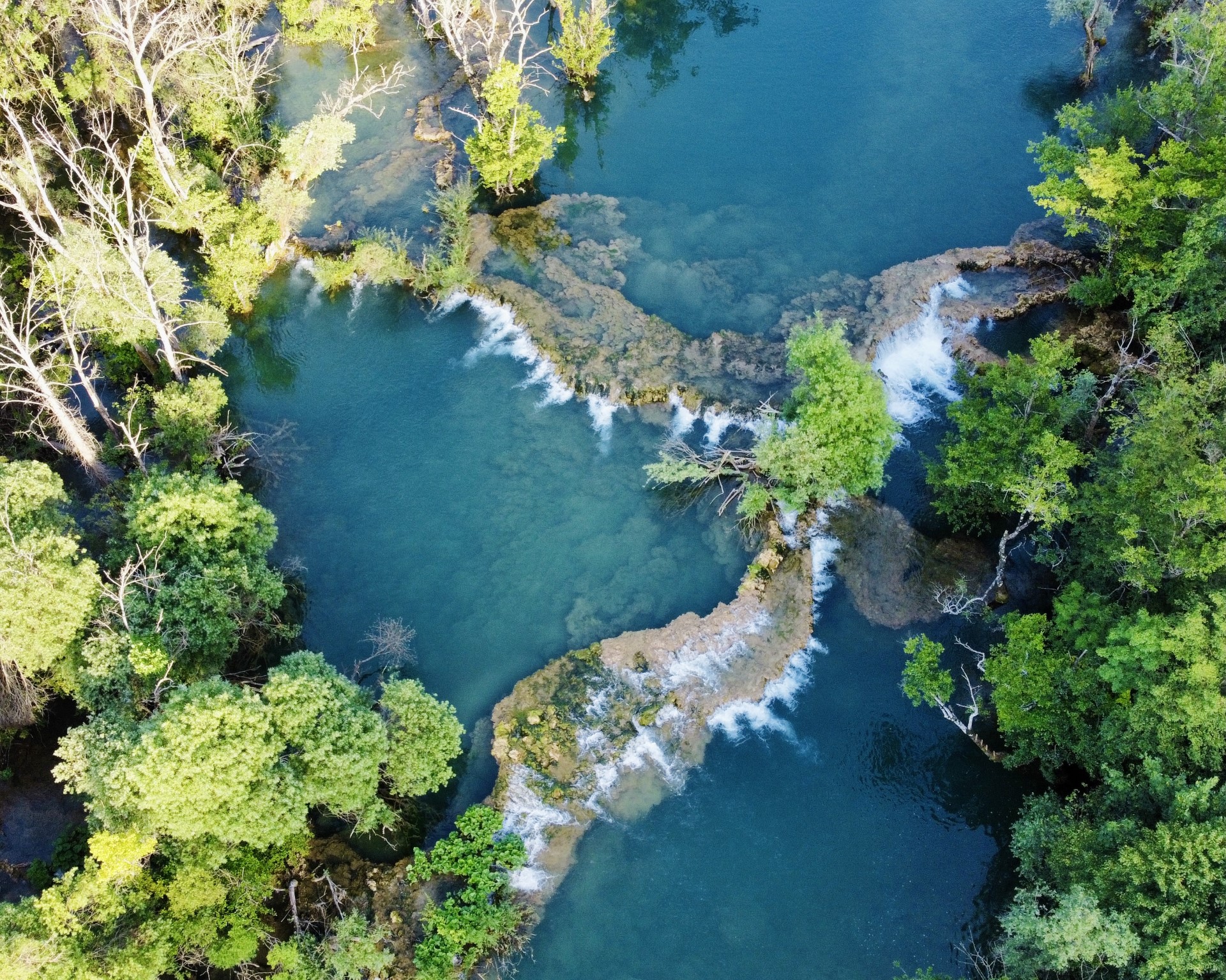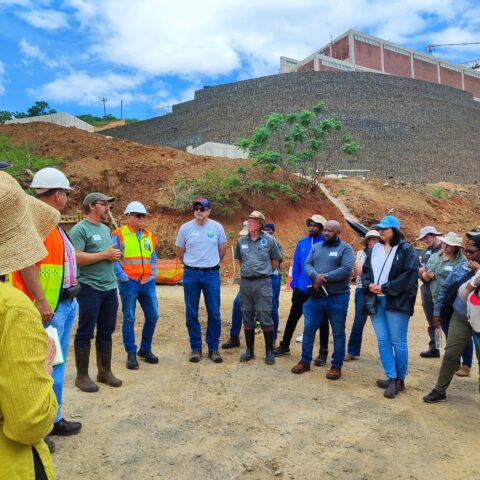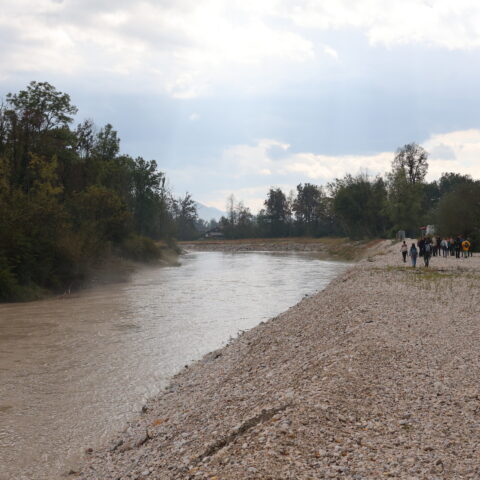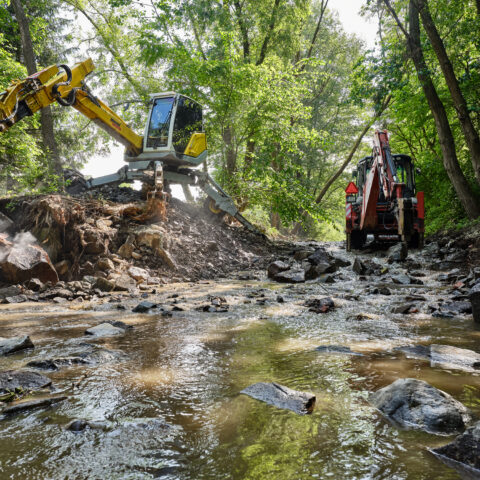
Free Flow 2024 – International conference on protecting and restoring free-flowing rivers in Europe
19 June 2023
Meet the Free Flow Champion: Lisa Hollingsworth-Segedy
23 August 2023Nature Restoration Law: what does it mean for rivers?
Healthy ecosystems are vital for human well-being. Rivers, forests, and oceans – and, in principle, all ecosystems - deliver fundamental subsistence services and act as natural shields against climate change. However, natural areas within the European Union are deteriorating quickly, undermining the planet, biodiversity, and our future.Among these endangered ecosystems, free-flowing rivers are on the brink of disappearance. In fact, only about a third of the world’s 246 longest rivers (1.000 km or longer) remain free-flowing. Across Europe, rivers are disrupted with dams, weirs, and culverts - many past their expiration date, unused and unlicensed. According to the latest AMBER study, it is estimated that over 1 million barriers are blocking European rivers, and at least 150 000 are considered obsolete, meaning that these infrastructures are neither maintained nor repaired nor have a function, causing safety concerns for people. These artificial obstacles fragment our rivers by blocking the natural flow of water, nutrients, and sediments. Additionally, they interrupt migratory routes to fish breeding grounds causing a 93% decline in European migratory freshwater fish populations since 1970.
Free-flowing rivers are nature-based solutions for a warming world, as they help relieve the impact of intensifying droughts, floods, and storms. Luckily, the European Commission recognizes the importance of reconnecting rivers and supports a fast and cost-effective tool to do so: dam removal. In June 2022, the European Commission proposed the Nature Restoration Law, setting targets to restore biodiversity and degraded ecosystems. A free-flowing rivers target was included for riverine ecosystems to identify and remove obsolete barriers and free at least 25 000 km of European rivers.

